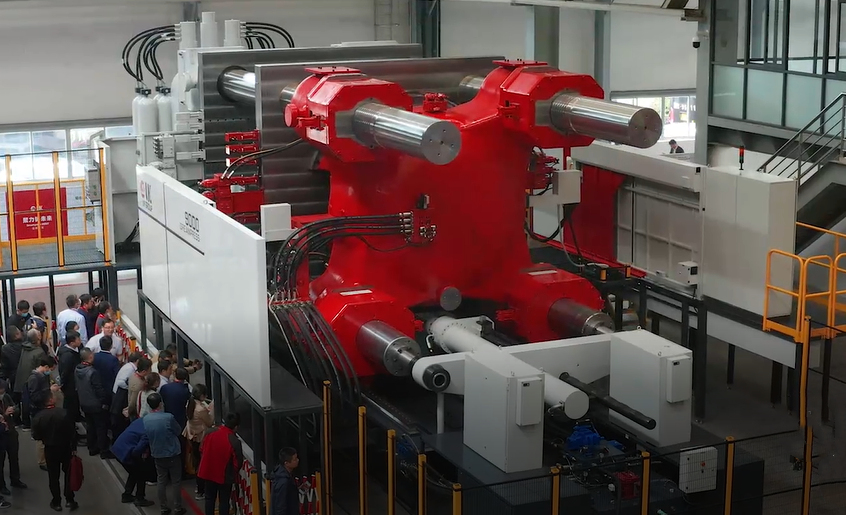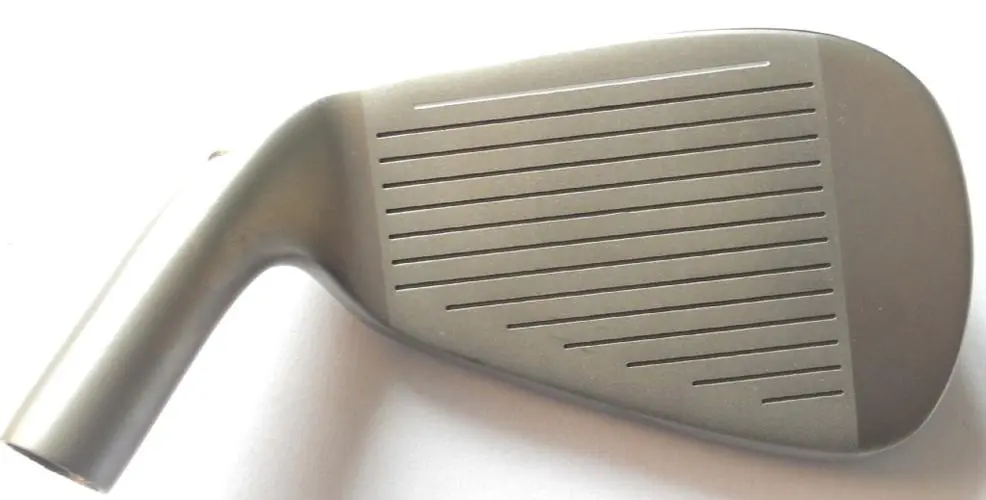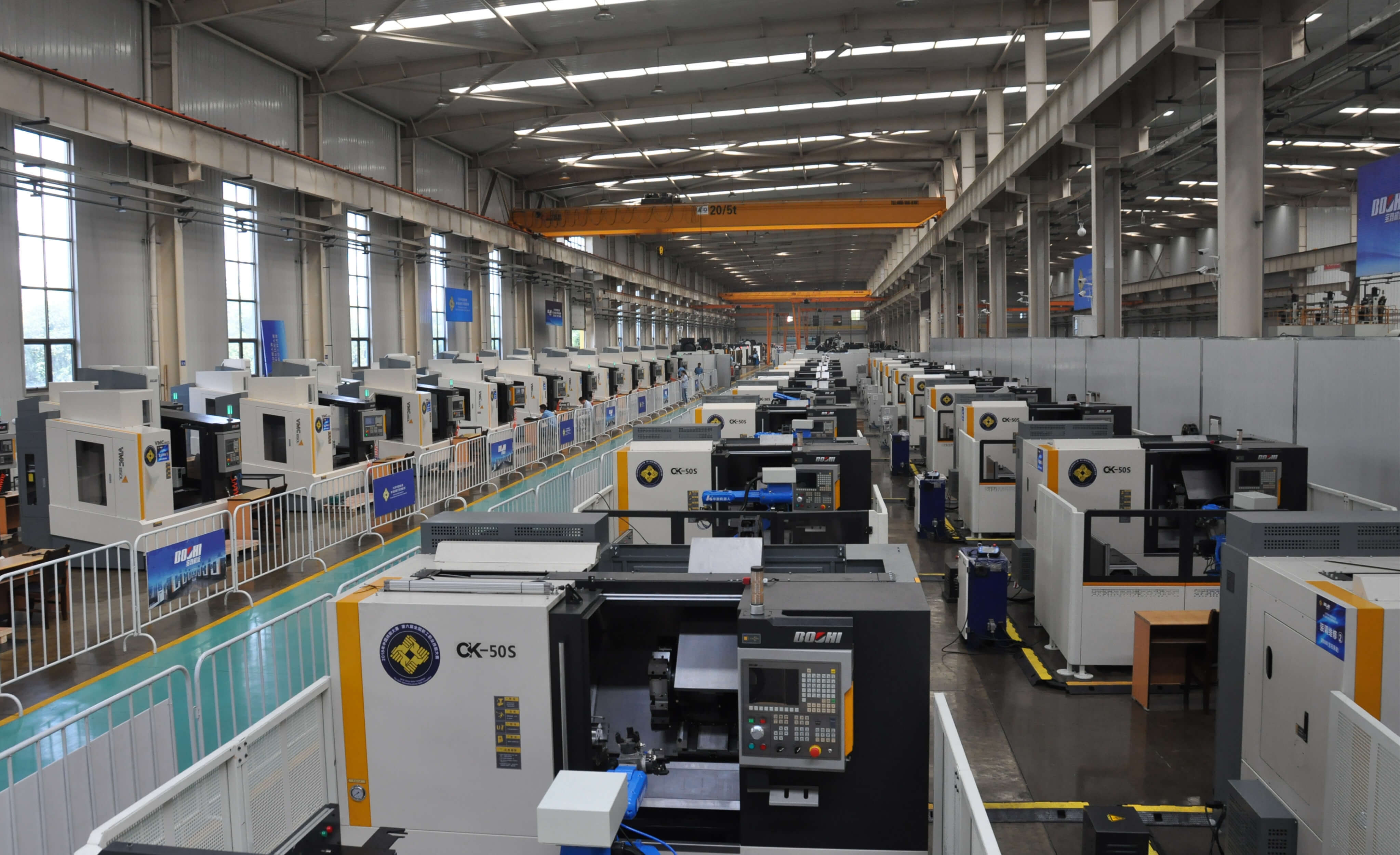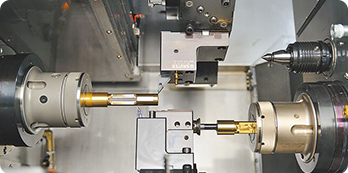What is the difference between die casting and investment casting?
2024-6-1

WHAT IS THE DIFFERENCE BETWEEN DIE CASTING AND INVESTMENT CASTING?
What factors should be considered when choosing the right casting process.
Casting is one of the oldest manufacturing techniques dating back to 1838. While the basic casting process hasn't changed much, today's equipment is more advanced, and as technology advances, it can be said that there are a number of different ways to achieve your final product or part. Die casting and investment casting are two very common and very similar processes. Read on as we discuss the differences between the two processes and help you understand the pros and cons of each so you can choose the right one for your next project.
Die casting process
Simply put, while casting a part, molten metal is injected into the hardened steel mold cavity. When the metal solidifies, it is ejected from the mold and the process is repeated. This process varies slightly depending on the material you choose, see Hot and Cold Chamber Die Casting. Hardened steel molds can produce anywhere from 150,000 to more than 100 million shots before they need to be repaired or replaced.
Fusion mold casting process
Fabricating parts using investment casting or "dewaxing" processes is often more time-consuming, as wax prototypes of the parts need to be made and then repeatedly immersed in liquid ceramic. The ceramic hardens and then the paraffin wax melts, leaving behind the ceramic mold. The molten metal is then poured into a ceramic cavity where the paraffin wax once stood. After the metal solidifies, the ceramic mold is destroyed and removed, leaving behind the metal casting. The mold used to form the wax pattern can be used more than once, but the ceramic mold is destroyed and discarded with each part. However, Signicast has automated all aspects of the investment casting process, making it possible to have a one-week lead time, compared to the industry average of 8-16 weeks.
Which process is right for my project?
No two foundry projects are exactly the same, so different projects will have different solutions. Here are some things you need to consider before launching your next project to help you choose the right process for your components.
Material selection
Most die castings are made of non-ferrous metals such as zinc, aluminum, and magnesium. Investment casting is capable of casting these metals as well as ferrous metals, including stainless steel. If you plan to use non-ferrous materials, both processes have comparable properties. However, if you plan to use stainless steel or copper alloys, then it would be better to opt for investment casting.
Annual Quantity
When deciding which casting process to use, you should determine how long you want the mold payback period to be. The number of parts manufactured and the cost of tooling to achieve "capital protection". Investment casting molds may be less expensive for low-volume projects, while die casting is ideal for larger production operations and high-volume projects.
Tolerance
For any casting process, tolerance capability is heavily influenced by the shape of the part and the type of material used. The table below compares the general linear tolerances of conventional die casting and investment casting. The multi-slide die casting process is able to maintain tighter tolerances.







